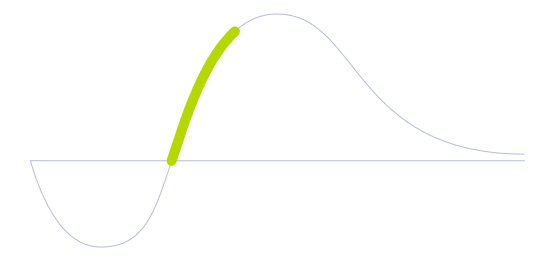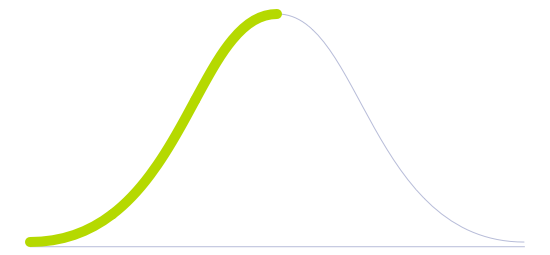Edge Computing

Technology Life Cycle
Marked by a rapid increase in technology adoption and market expansion. Innovations are refined, production costs decrease, and the technology gains widespread acceptance and use.

Technology Readiness Level (TRL)
Technology is developed and qualified. It is readily available for implementation but the market is not entirely familiar with the technology.

Technology Diffusion
Adopts technologies once they are proven by Early Adopters. They prefer technologies that are well established and reliable.

A method of managing workloads and computation, working by placing the workload closer to the data gathering process. With edge computing, data doesn't need to be sent to the cloud to be processed and sent back to the device. By allowing for data processing locally, this approach can be beneficial for connections that demand low latency responses, such as industry 4.0 appliances.
Edge computing is mounted with machine learning algorithms, enabling decision-making without relying entirely on cloud computing. It allows autonomous vehicles, for instance, to work in places with poor connectivity and to make decisions faster. In a factory, each machine could have its edge data processor, thus becoming more reliable and independent of externalities while all devices still communicate with a centralized server.
Other advantages of this approach include the ability to process data with high bandwidth. It increases data protection and privacy as most of the data is never sent back to the cloud. Malicious attacks could, in theory, be more easily stopped by interrupting the internet connection.
Future Perspectives
By allowing machines to process their data locally, without the need for an internet connection or the cloud, we would undeniably be giving greater independence to machines. In a pure science fiction scenario, we can imagine an artificial superintelligence agent, or even a general-purpose robot, mounted with internal edge computing, making it hard to be controlled by humans.
Image generated by Envisioning using Midjourney